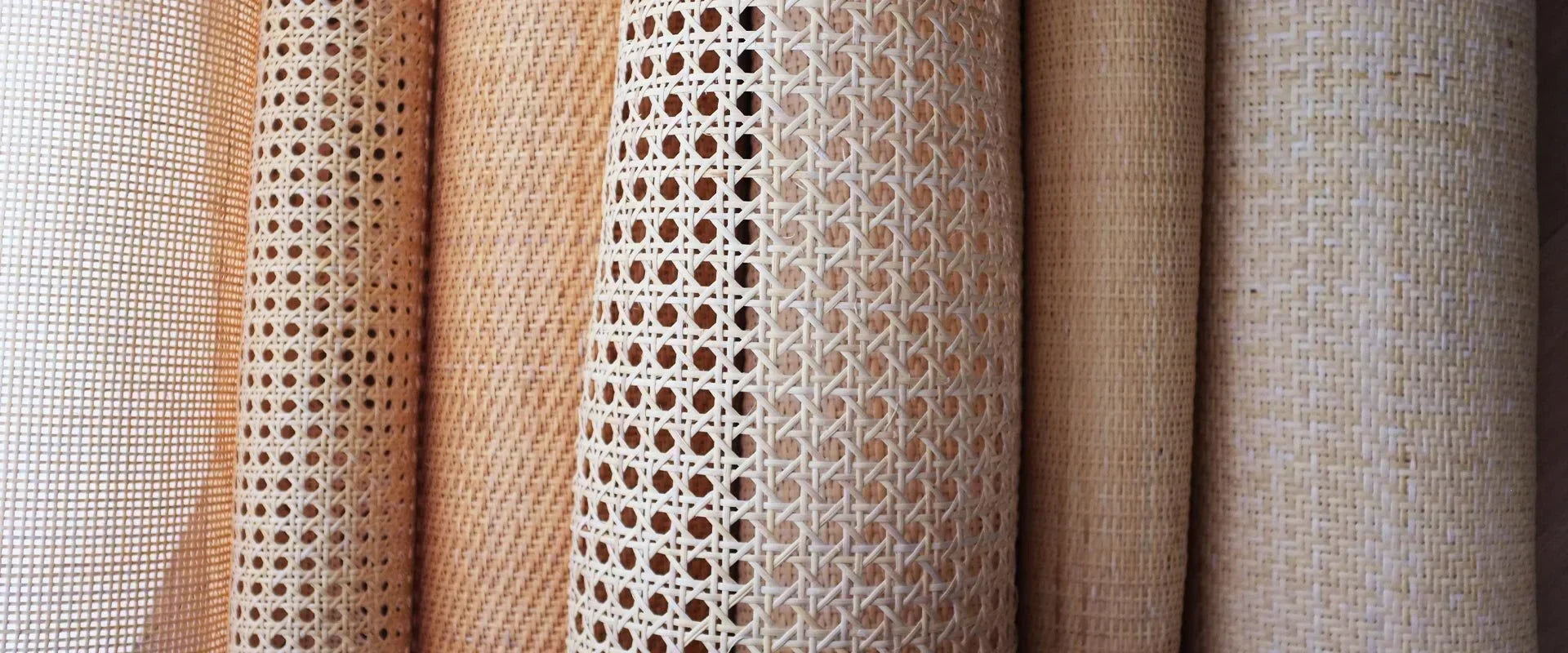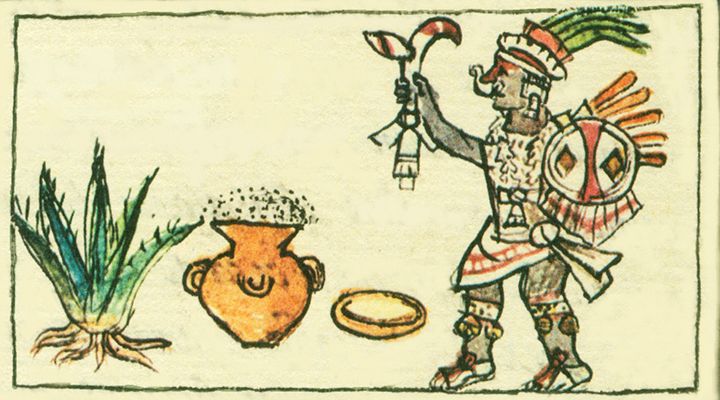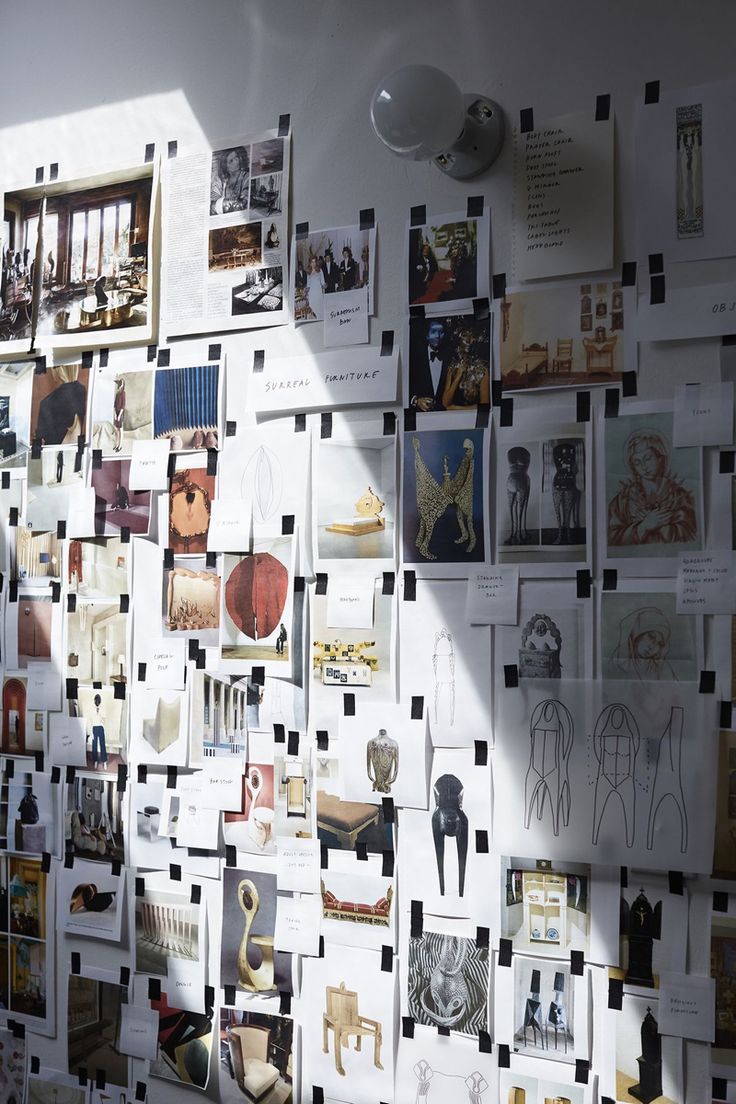
Weave Everywhere: Why Our Eyes Love the Interlaced Pattern
The world is woven: cane seats, palm baskets, lattice walls that filter sun, sandals and bags that breathe. Why does the interlaced pattern attract us so much? The answer mixes perception, function and touch.

1 · A pattern that soothes
Interlacing gives the eye rhythm and continuity. Our brains recognize the crossing lines and repeating units as readable order—continuity, symmetry and repetition reduce visual noise. The result feels calm without being plain.

2 · Air you can see: ventilation and shade
A woven grid doesn’t just decorate—it breathes. In furniture it reduces visual weight and heat build-up; in architecture (lattice, jaali, brise-soleil) it tempers light and writes shadows across a room as the day turns. Function meets poetry.

3 · Hand and memory
From cane/rattan caning to palm or ixtle basketry, weaving condenses craft, time and material. Every crossing records a human decision. That’s why it ages well: patina highlights the curves of each strand and makes the object’s life visible.

4 · Breathable leather—on foot and on body
In leather goods, open weaves lower weight and let air move; they also mold closer to the body over time. In dining, woven trays and placemats add texture without overwhelming the table’s palette. In Ancient footwear, the Huaraches, much like Espiritu's newer version.
5 · A common language
More than a “trend,” weave is a universal language—it links home to street, object to facade, body to climate. When you see it, the eye understands and the body relaxes.





